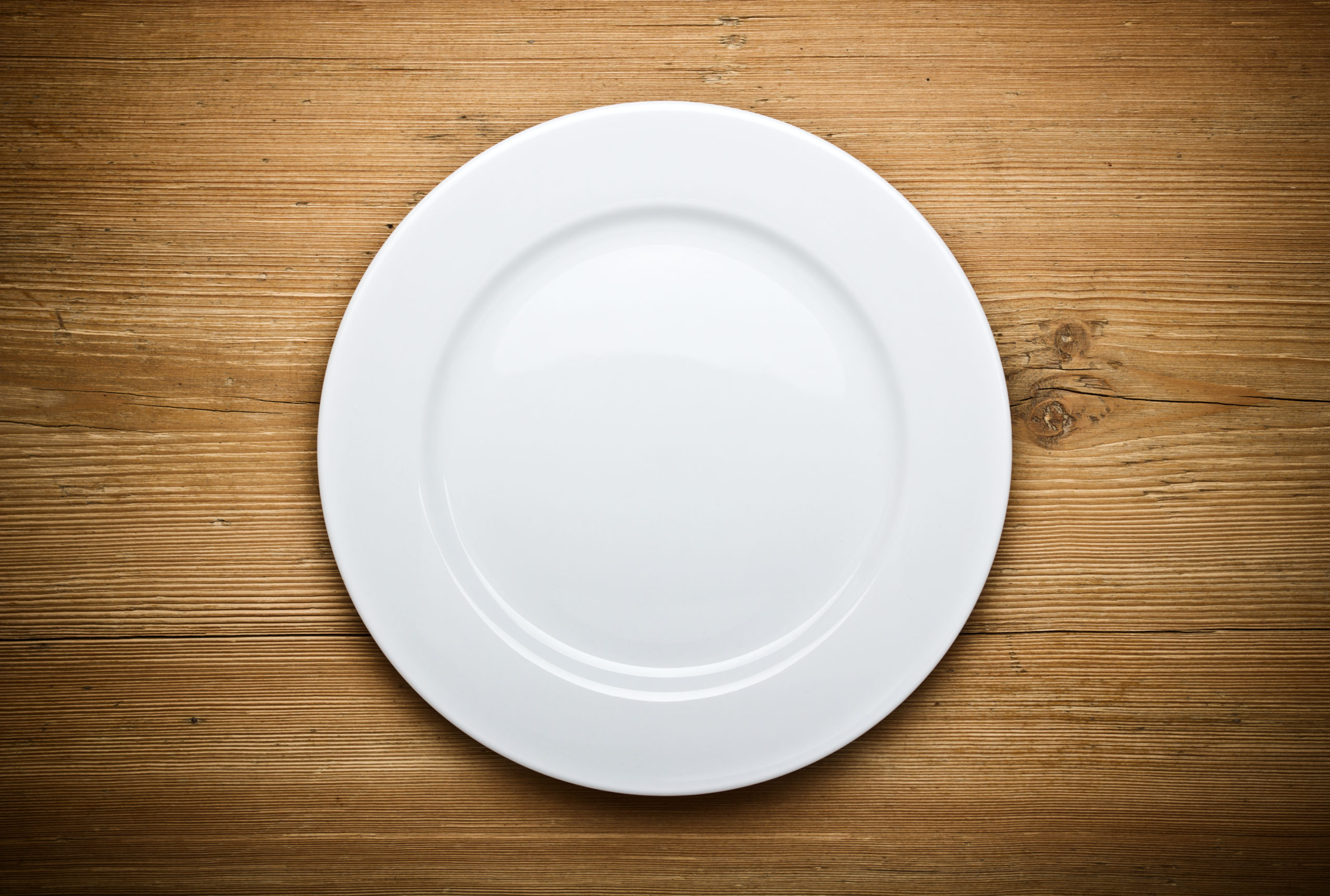When we are faced with a big plate, the first instinct is to keep piling on food until the dish is full. However, when we eat all of that food, we are often eating more than is necessary. Determining the right portions of food can be difficult, but with a few simple tips, you’ll be mastering perfect portion control in no time.
IMPORTANCE OF PLATE SIZE
On average, we eat 92% of the food on our plates. So when we keep piling on food to our big plates, we tend to end up overeating. Research has shown that switching from a 12-inch plate to a 10-inch plate can reduce food intake by 22%. The two-inch reduction does decrease the serving size, but not enough to leave you hungry for seconds. A recent study found that a full plate of food, even if it is smaller, makes us feel full faster.
TIPS TO HELP CONTROL PORTIONS
1. No eating out of a box or bag! When we eat right out of a box or a bag, it makes it nearly impossible to know how much we are eating if we aren’t paying attention. Instead, try pouring out an appropriate amount onto a bowl or plate.
2. Start with a glass of water. Drinking a glass of water 30 minutes before a meal will help your body with digestion. It also helps your body feel full before eating and keeps you hydrated.
3. Try a portion control plate. Portion control plates are an interactive tool for teaching consumers appropriate food portions. They are plates with sections designated to proteins, fruits, vegetables and whole grains.
4. Measure your food on a scale. Measuring your food may seem a bit extreme, but it’s actually a great way to understand your serving sizes fully. Weighing your food is the most accurate measure portion sizes.
5. Eat mindfully. When you’re hungry, it’s easy to scarf down everything on the plate as fast as possible, but studies have shown that slowing down your eating can reduce your total food intake. Your brain takes 20 minutes to register that you are full, so try slowing down and enjoying every bite.
WHAT’S ON YOUR PLATE MATTERS TOO
While there is no perfect science nutrition, the right amount of food portions fuel your body with nutrients and help you feel satisfied. The most accurate way to do that is split your plate into sections of types of foods. It is recommended that half of your plate should be fruits and vegetables. Aim to eat fruits of all colors and the more vegetables the better, but no French fries don’t count. A quarter of your plate should be made up of whole grains such as whole-wheat bread, whole-grain pasta and brown rice. The last quarter should be made up of healthy protein such as fish, poultry, beans and nuts.
by Julie Walter

